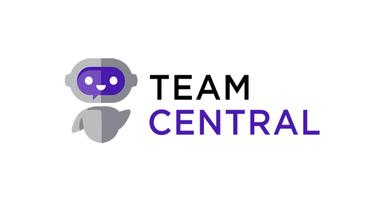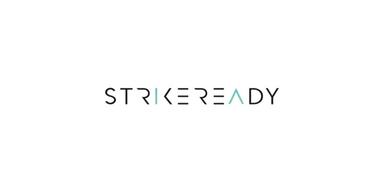Closing the Last Mile: A Maturity Model for Browser-Layer Security

1. The Browser: The Final Frontier of Enterprise Risk
Despite extensive investments in Zero Trust, SSE, and endpoint protection, cybersecurity efforts often neglect the browser, the primary workspace for 85% of modern work. Yet copy‑paste, unsanctioned GenAI use, rogue extensions, and personal device access remain largely unmonitored, leaving a critical last‑mile vulnerability unaddressed.
2. Why Browsers Have Become Vulnerable
Primary Interface: With cloud-first and hybrid work models, the browser has become the gateway to corporate data. It now accounts for 85% of daily work, 90% of SaaS access from BYOD devices, and 95% of browser-based incidents.
Weak Governance: Firewalls, IAM, and email defenses are mature, but browsers lack controls, allowing sensitive data to be inadvertently exposed via clipboard, forms, or uploads.
3. Shortcomings of Traditional Tools
Current controls fall short at the browser boundary:
- DLP overlooks in-browser copy/paste and form entries
- CASB misses use of unsanctioned GenAI tools and personal cloud storage
- SWGs block only known malicious domains, not dynamic threats
- EDR cannot monitor browser internals like DOM activity
4. GenAI: A Blind Spot Exposed
The rise in browser-based GenAI usage, like pasting business data into ChatGPT, has created invisible risk. Around 65% of enterprises lack oversight of data sent to GenAI tools. Browser telemetry often becomes the only way to track sensitive prompts before they leave the network perimeter.
5. A Three‑Stage Maturity Model
Stage 1: Visibility
“You can't protect what you can't see.” Organizations should:
- Inventory browsers and versions on all devices
- Gather telemetry (downloads, extension installs, session times)
- Detect anomalies (off-hours access, unusual paste events)
- Identify but not yet block shadow SaaS or GenAI usage
Tools include audit-mode browser extensions, SWG logging, and flagging outdated browsers.
Stage 2: Control and Enforcement
Once visibility is established, real-time enforcement begins:
- Enforce identity‑bound browser sessions (block personal Gmail in corporate browser)
- Regulate uploads/downloads, restrict unvetted extensions
- Inspect copy/paste actions with DLP classifiers
- Use just-in-time warnings (such as before pasting PII into ChatGPT)
The goal is to implement precision controls that enhance security without disrupting workflow.
Stage 3: Integration and Usability
At full maturity:
- Stream browser events into SIEM or XDR alongside network and endpoint telemetry
- Incorporate browser posture into IAM and ZTNA decision-making
- Enable dual browsing modes (work versus personal) for privacy
- Scale controls to contractors, third parties, and BYOD devices
This integrated approach makes security seamless yet effective.
6. Building an Actionable Strategy
The guide offers practical next steps for CISOs:
- Use the browser-security checklist to assess current maturity
- Identify fast wins in Stage 1 (telemetry, audits)
- Prioritize controls targeting GenAI usage and extension risk
- Align browser telemetry with broader detection pipelines
- Educate users with inline guidance, not just blocks
It also includes best practices on governance, change management, and phased rollout for global enterprises.
7. Complementing Existing Security Postures
Rather than replacing Zero Trust or SSE, this browser‑layer model augments them. It helps close the final gap where data interacts with users. The guide helps secure not just where data resides, but also where it is actually used, moved, or copied.
The Secure Enterprise Browser Maturity Guide delivers a structured, three‑stage model that empowers security leaders to move from blind spots to integrated, intelligent browser-layer protection. Organizations can build towards a frictionless, mature posture that governs the last mile, ensuring data is safeguarded where it truly matters.
Business News
Bring Your Own Device: Meaning and Financial Advantages
Making Weather Programmable: How Retrospective Climate Data Fits into Modern Tech Stacks
How Fashionphile Founder Built a Luxury Resale Empire from eBay to Millions
How Executives Can De-Risk Payment Operations in Regulated Industries
Why Your Engine Air Filter Plays a Bigger Role Than You Think




















